Home>Articles>What Is An Induction Cooktop Vs Electric Cooktop?
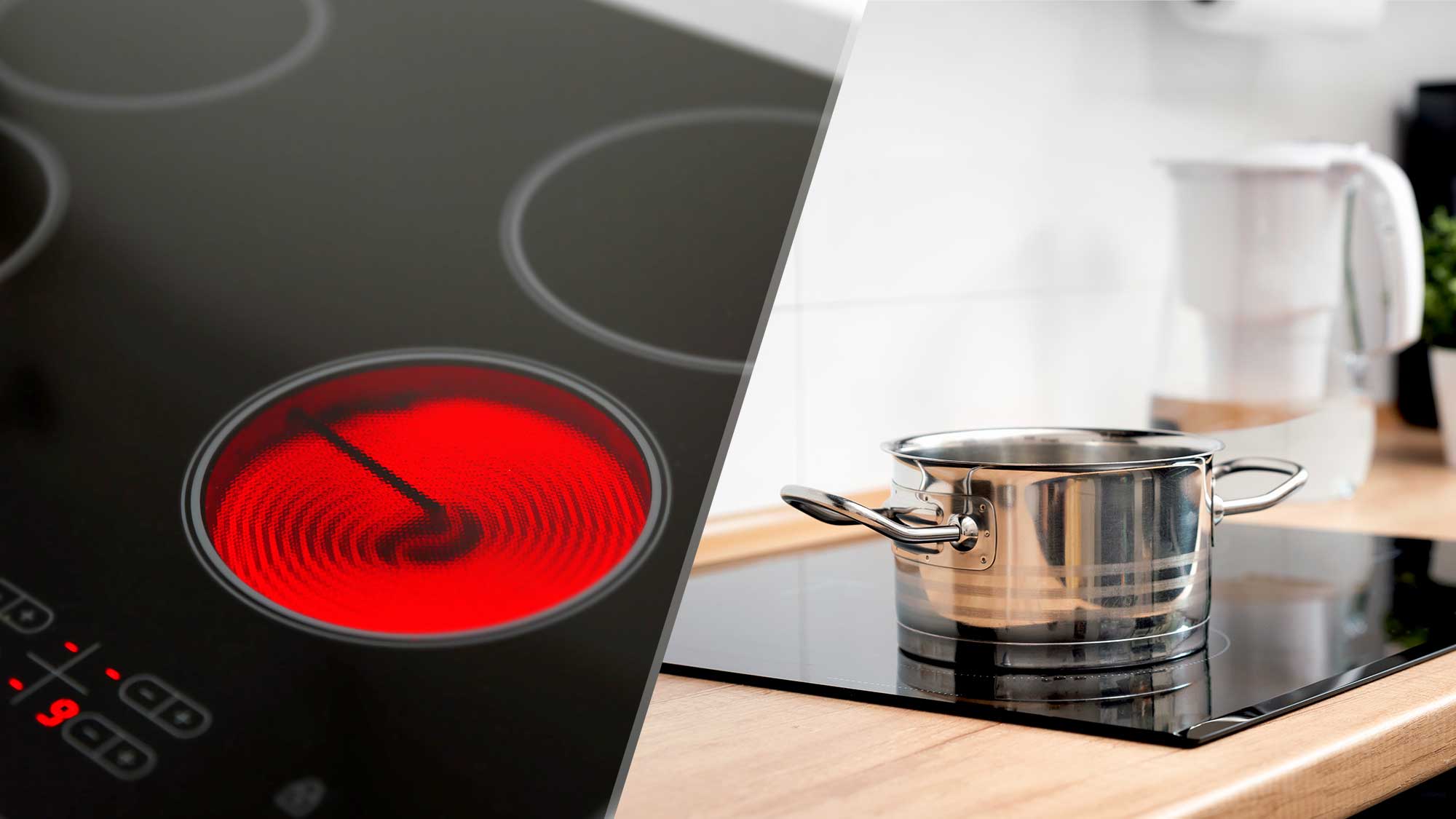

Articles
What Is An Induction Cooktop Vs Electric Cooktop?
Modified: January 19, 2024
Discover the differences between induction and electric cooktops in this informative article. Find out which option is best for your cooking needs.
(Many of the links in this article redirect to a specific reviewed product. Your purchase of these products through affiliate links helps to generate commission for Storables.com, at no extra cost. Learn more)
Introduction
When it comes to cooking appliances, there are several options available in the market. Two popular choices are induction cooktops and electric cooktops. Both these appliances offer unique features and benefits, making them a desirable choice for many homeowners.
In this article, we will explore the differences between an induction cooktop and an electric cooktop, their working mechanisms, energy efficiency, cooking speed, safety features, cookware compatibility, cleaning and maintenance requirements, as well as cost considerations.
Whether you are a professional chef or a home cook, understanding the distinctions between these two types of cooktops will help you make an informed decision when it comes to selecting the right appliance for your kitchen.
Key Takeaways:
- Induction cooktops offer faster cooking, precise temperature control, and energy efficiency, making them a worthwhile investment despite the higher upfront cost and the need for induction-compatible cookware.
- Electric cooktops are budget-friendly, versatile, and easy to maintain, making them a reliable option for everyday cooking needs. They provide consistent heat distribution and compatibility with a wide range of cookware materials.
Read more: What Is The Best 36-Inch Electric Cooktop
Definition of an Induction Cooktop
An induction cooktop is a modern cooking appliance that utilizes electromagnetic fields to generate heat directly in the cookware. Unlike traditional electric cooktops that rely on the transfer of heat from the surface to the cookware, induction cooktops heat the cookware directly, resulting in faster and more precise cooking.
The surface of an induction cooktop is made of a smooth, ceramic glass material that remains cool to the touch during cooking. Underneath this surface, there are copper coils that generate an alternating current, creating a magnetic field. When a compatible ferromagnetic cookware like stainless steel or cast iron is placed on the cooktop, the magnetic field induces an electric current in the cookware, generating heat.
Induction cooktops offer several advantages over other types of cooktops. Firstly, they provide precise temperature control, allowing for accurate and consistent cooking results. Secondly, induction cooktops heat up and cool down quickly, significantly reducing cooking time. Additionally, due to the direct heat transfer to the cookware, the surrounding surface of the cooktop remains relatively cool, reducing the risk of burns and making it easier to clean.
It’s important to note that not all cookware is compatible with induction cooktops. Non-ferromagnetic materials like aluminum, copper, and glass will not work on an induction cooktop unless they have a magnetic base. To check if your cookware is suitable for induction cooking, try sticking a magnet to the bottom. If it sticks, the cookware is induction-compatible.
Induction cooktops have gained popularity due to their energy efficiency, precise cooking control, and safety features. Although they generally come with a higher upfront cost compared to electric cooktops, their performance and long-term savings make them a worthwhile investment for any kitchen.
Definition of an Electric Cooktop
An electric cooktop is a cooking appliance that uses electrical resistance to generate heat for cooking. It consists of a glass or ceramic surface that houses electric heating elements. When the cooktop is turned on, electricity flows through these heating elements, generating heat that is then transferred to the cookware placed on the surface.
Electric cooktops come in a variety of designs, including coil burners and smoothtop surfaces. Coil burners consist of coiled metal elements that become red hot when electricity passes through them. They provide direct heat, but they can be slower to heat up and cool down compared to other types of cooktops. Smoothtop surfaces, on the other hand, have hidden heating elements beneath a smooth glass or ceramic surface. This design provides a sleek appearance and easier cleanup, as there are no coil elements to clean around.
Electric cooktops offer several advantages. One of the key benefits is their affordability, as they tend to be more budget-friendly compared to other cooktop options. They also provide consistent and even heat distribution, ensuring that your food cooks evenly. Additionally, electric cooktops are compatible with a wide range of cookware materials, including stainless steel, aluminum, copper, and glass.
However, electric cooktops have some limitations. They can be slower to heat up and cool down compared to induction cooktops. Additionally, the heat distribution may not be as precise as induction cooktops, which can result in longer cooking times. Over time, the smooth glass or ceramic surface may become scratched or damaged, requiring more maintenance to keep it looking clean and presentable.
Electric cooktops remain a popular choice for many households due to their affordability, versatility, and ease of use. They are readily available and suitable for a wide variety of cooking needs, making them a reliable option for both amateur and professional chefs alike.
How Induction Cooktops Work
Induction cooktops utilize advanced technology to generate heat directly in the cookware through electromagnetic induction. Here’s a step-by-step breakdown of how induction cooktops work:
- When the power is turned on, an electric current flows through copper coils beneath the glass-ceramic surface of the cooktop.
- The electric current creates an alternating magnetic field in the coils.
- When a compatible ferromagnetic cookware, such as stainless steel or cast iron, is placed on the cooktop, it interacts with the magnetic field.
- This interaction induces an electric current, called eddy currents, within the base of the cookware.
- The eddy currents generate heat due to the resistance in the metal.
- This heat is then conducted to the food inside the cookware, cooking it evenly and efficiently.
One of the key advantages of induction cooktops is their ability to heat up quickly and provide precise temperature control. The cookware directly receives the heat, allowing for faster cooking times compared to conventional electric cooktops. The heat is also easily adjustable, giving cooks greater control over their cooking process.
It’s important to note that induction cooktops only work with cookware that has a magnetic base. Non-ferromagnetic materials like aluminum, copper, and glass will not heat on an induction cooktop unless they have a magnetic layer at the bottom. To check if your cookware is induction-compatible, simply place a magnet on the bottom. If it sticks, the cookware is suitable for induction cooking.
Induction cooktops offer several advantages over other cooking methods. They are highly energy-efficient since the heat is directly generated in the cookware, minimizing wasted heat. They are also safe to use, as the cooktop surface remains cool to the touch during cooking, reducing the risk of accidental burns. Additionally, the precise temperature control and quick responsiveness make induction cooktops a favorite among professional chefs and home cooks.
However, it’s important to consider that induction cooktops generally come with a higher price tag compared to electric cooktops. Additionally, the need for compatible cookware adds to the overall investment. Nevertheless, the benefits of induction cooking, including faster cooking, energy efficiency, and safety, make it an attractive choice for individuals who value performance and convenience in the kitchen.
How Electric Cooktops Work
Electric cooktops operate by using electrical resistance to generate heat for cooking. Here is a step-by-step explanation of how electric cooktops work:
- When the cooktop is turned on, electricity flows through a series of heating elements located beneath the cooktop’s surface.
- These heating elements, which can be either coil burners or hidden elements beneath a smooth glass or ceramic surface, are made of conductive materials such as metal.
- As electricity passes through the heating elements, they begin to heat up due to electrical resistance.
- The heat generated by the heating elements is then transferred to the cookware placed on the cooktop’s surface through direct contact.
- Throughout the cooking process, the cooktop’s controls allow users to adjust the temperature settings of the heating elements, enabling precise temperature control.
Electric cooktops offer several advantages and conveniences. One of the main advantages is their versatility in working with various cookware materials, including stainless steel, aluminum, copper, and glass. This makes them compatible with a wide range of pots and pans found in most kitchens. Electric cooktops also provide consistent and even heat distribution, ensuring that the food cooks evenly.
There are two common types of electric cooktops: coil burners and smoothtop surfaces. Coil burners consist of exposed coiled metal heating elements that become red hot when electricity passes through them. While coil burners are durable and practical, they can take a bit longer to heat up and cool down compared to other types of cooktops. On the other hand, smoothtop surfaces have hidden heating elements beneath a glass or ceramic surface. This design offers a sleek and easy-to-clean cooking surface, as there are no coil elements to clean around.
While electric cooktops are known for their affordability and ease of use, there are a few considerations to keep in mind. They tend to heat up more slowly than induction cooktops, and their heat distribution may not be as precise. The smooth glass or ceramic surface of electric cooktops can be susceptible to scratches and damage over time, requiring proper maintenance and care to keep them in good condition.
Despite these considerations, electric cooktops remain a popular choice in many households. They are widely available, versatile, and reliable for everyday cooking needs. Whether you prefer the familiarity of coil burners or the sleekness of a smoothtop surface, electric cooktops offer a practical and functional solution for your kitchen.
Read more: Which Is The Best Electric Cooktop
Energy Efficiency
When it comes to energy efficiency, induction cooktops have a clear advantage over electric cooktops. Here’s why:
Induction Cooktops:
- Induction cooktops are highly energy efficient because they only heat the cookware directly, minimizing wasted heat. The magnetic field generated by the coils induces electric currents in the compatible cookware, which quickly heats up and transfers the heat to the food.
- Since only the cookware heats up, the surrounding surface of the induction cooktop remains relatively cool. This means that there is minimal heat loss to the environment, resulting in energy savings.
- Additionally, induction cooktops provide precise temperature control, allowing you to adjust the heat levels accurately. This control prevents unnecessary energy consumption and ensures that food is cooked at the desired temperature.
Electric Cooktops:
- Electric cooktops rely on electrical resistance to generate heat, which naturally results in some heat loss. The heating elements warm up the surface of the cooktop, and then the heat is transferred to the cookware through direct contact.
- However, electric cooktops may experience heat loss during the transfer of heat from the cooking surface to the cookware. This can lead to a slightly less energy-efficient cooking process compared to induction cooktops.
It’s important to note that while induction cooktops are more energy efficient, the actual energy savings may vary depending on the cooking habits, cookware used, and other factors specific to each individual’s kitchen setup. Nevertheless, many studies have shown that induction cooktops are more efficient, resulting in reduced energy consumption and lower electricity bills over time.
When considering energy efficiency, it’s also important to think about the overall kitchen setup. Many kitchens are equipped with other energy-efficient appliances, such as induction ovens or energy star-rated refrigerators, which can further contribute to reducing energy consumption and promoting sustainability in the kitchen.
By opting for an induction cooktop, you can enjoy the benefits of energy efficiency, reduced heat loss, and precise temperature control, all of which contribute to a more sustainable and environmentally-friendly cooking experience.
When comparing induction cooktops vs electric cooktops, remember that induction cooktops heat up faster and are more energy-efficient, while electric cooktops are generally more affordable and easier to install. Consider your cooking habits and kitchen setup to determine which option is best for you.
Speed of Cooking
When it comes to the speed of cooking, induction cooktops have a distinct advantage over electric cooktops. Here’s why:
Induction Cooktops:
- Induction cooktops heat up rapidly and can boil water significantly faster than electric cooktops. This is attributed to the direct heat transfer from the electromagnetic field to the cookware.
- The magnetic field induces electric currents in the compatible cookware, which generates heat quickly and efficiently. As a result, you can expect faster cooking times and reduced wait times in the kitchen.
- Induction cooktops also respond to changes in temperature settings almost instantly, allowing for precise control and quick adjustments during the cooking process.
Electric Cooktops:
- Electric cooktops usually take longer to heat up compared to induction cooktops. This is due to the heating elements requiring time to reach the desired temperature.
- Once the cooktop is heated, the heat is transferred to the cookware through direct contact, which can result in slightly slower cooking times compared to induction cooktops.
- While electric cooktops can still provide consistent and even heat distribution, the time it takes for the cookware and ingredients to heat up may be longer than with induction cooktops.
It’s worth noting that the speed of cooking can vary depending on the specific model of cooktop, the power output, the type and size of cookware being used, and the amount of food being cooked. However, in general, induction cooktops offer faster cooking times and more efficient heat transfer, allowing for quicker meal preparation.
Being able to cook dishes faster can be particularly beneficial for busy households or individuals who require efficient cooking times. Whether it’s boiling water, searing meats, or simmering sauces, having an induction cooktop can help save valuable time and make meal preparation more convenient.
However, it’s important to keep in mind that cooking speed is just one factor to consider when choosing a cooktop. Other factors such as energy efficiency, safety features, and cookware compatibility should also be taken into account to ensure the best fit for your cooking needs and preferences.
Safety Features
Safety is a top concern when it comes to cooking appliances, and both induction cooktops and electric cooktops offer unique safety features. Here’s a breakdown of the safety features provided by each:
Induction Cooktops:
- Induction cooktops have a significant safety advantage due to their unique heating mechanism. The surface of the cooktop remains relatively cool during cooking, as the heat is generated directly in the cookware. This reduces the risk of accidental burns and makes it safer to touch the surface even when the cooktop is in use.
- Many induction cooktops are equipped with automatic shut-off features. These safety features detect when a pot or pan is removed from the cooktop or when the cookware is not compatible, and they automatically turn off the heat source to prevent overheating or accidental fires.
- Some induction cooktops have child safety locks to prevent young children from accidentally turning on the cooktop or adjusting the heat settings. This feature provides peace of mind for parents and ensures a safer cooking environment.
- Induction cooktops also come with built-in pan detection technology. This safety feature recognizes whether a pot or pan is properly placed on the cooktop surface before activating the heating function. If no cookware is detected, the cooktop will not heat up, reducing the risk of accidents and energy wastage.
Electric Cooktops:
- Electric cooktops typically feature indicator lights that let users know when the surface is hot, even after the heat source has been turned off. This helps prevent accidental burns from touching a hot surface.
- Some electric cooktops have a residual heat indicator, which displays a warning light to indicate that the surface is still hot after cooking. This alert serves as a reminder to avoid touching the cooktop until it has cooled down completely.
- Many modern electric cooktops come with overheating protection, which automatically shuts off the cooktop if it reaches a certain temperature threshold. This safety feature helps prevent damage to the cooktop and reduces the risk of fire hazards.
- Electric cooktops also offer a range of safety certifications, ensuring that they meet rigorous safety standards set by regulatory agencies. Look for certifications such as UL (Underwriters Laboratories) to ensure that the cooktop has undergone thorough testing and meets safety requirements.
Ultimately, both induction and electric cooktops prioritize safety, providing various features to prevent accidents and ensure a secure cooking experience. However, the advantage of induction cooktops lies in their cooler surface temperature and automatic shut-off capabilities, making them an excellent choice for households with children or individuals concerned about safety during cooking.
Cookware Compatibility
When it comes to cookware compatibility, it’s important to consider the type of cookware that can be used with induction cooktops and electric cooktops. Here’s an overview of cookware compatibility for each:
Induction Cooktops:
- Induction cooktops require cookware that has a magnetic base. This means that the cookware must be made of ferromagnetic materials that can be magnetized, such as stainless steel and cast iron.
- When using induction cooktops, make sure to check if your cookware is compatible by placing a magnet on the bottom. If the magnet sticks, it means the cookware is suitable for induction cooking.
- Cookware that is made of non-ferromagnetic materials like aluminum, copper, and glass will not work on induction cooktops unless they have a layer of magnetic material at the base. Some manufacturers offer induction-compatible versions of non-ferromagnetic cookware.
Electric Cooktops:
- Electric cooktops are compatible with a wide range of cookware materials, including stainless steel, aluminum, copper, glass, and non-magnetic stainless steel.
- Unlike induction cooktops, electric cooktops do not rely on magnetic fields for heat transfer, allowing for greater versatility in cookware selection.
- Ensure that your cookware has a flat bottom to ensure optimal heat transfer. Cookware with warped or uneven bottoms can result in uneven heating and cooking issues.
When selecting cookware for your cooktop, it is essential to follow the manufacturer’s guidelines and recommendations. Some cookware manufacturers label their products as induction-ready, indicating that they are compatible with induction cooktops.
It’s worth noting that while electric cooktops have broader cookware compatibility, induction cooktops offer precise and efficient heating due to their direct heat transfer. Investing in induction-compatible cookware can ensure optimal performance and efficiency when using an induction cooktop.
Additionally, it’s important to consider the size of the cookware in relation to the burner size on both induction and electric cooktops. Matching the size of the cookware to the burner can help maximize energy efficiency and ensure even heat distribution.
Ultimately, the cookware compatibility of each type of cooktop should be taken into account when making a decision. If you already have a preferred set of cookware, consider the compatibility with your desired cooktop to ensure seamless and efficient cooking.
Read more: What Is An Induction Cooktop?
Cleaning and Maintenance
Cleaning and maintenance are essential aspects of keeping your cooktop in optimal condition. Here’s a comparison of cleaning and maintenance requirements for induction cooktops and electric cooktops:
Induction Cooktops:
- Induction cooktops have a smooth and flat glass-ceramic surface that is easy to clean. Spills and splatters can be wiped off using a soft cloth or sponge with mild soapy water.
- Since the surface of an induction cooktop remains relatively cool during cooking, any food or liquid spills are less likely to burn onto the surface, making cleanup easier and reducing the risk of staining.
- It’s important to avoid using abrasive cleaners or scrubbing pads that can scratch the glass surface. Instead, opt for non-abrasive cleaners specifically designed for glass or ceramic surfaces.
- Regular maintenance includes wiping down the cooktop after each use and regularly checking for any build-up or debris around the edges or in the control panel area. Promptly remove any spills or residue to prevent them from hardening or causing damage.
Electric Cooktops:
- Electric cooktops, particularly those with a smoothtop surface, also have a flat and smooth glass or ceramic surface that is easy to clean. Similar to induction cooktops, spills and messes can be wiped away using a soft cloth or sponge with mild soapy water.
- However, be cautious of any burned-on or stubborn stains. These may require the use of specialized cooktop cleaners or abrasive cleaning pads that are safe for glass or ceramic surfaces. Always follow the manufacturer’s recommendations for cleaning products and techniques.
- It’s important to note that electric coil burners may require additional cleaning. The coils themselves can be lifted or removed for easy access to clean any spills or food debris that may accumulate underneath.
- Regular maintenance includes regularly checking the coils for any signs of wear or damage. Replace any damaged or broken coils to ensure optimal heating performance.
Regardless of the type of cooktop, it’s important to practice regular cleaning and maintenance to prolong the lifespan and efficiency of the appliance.
When cleaning either an induction or electric cooktop, ensure that the cooktop is completely cool before starting the cleaning process. Avoid using abrasive materials or harsh chemicals that may damage the surface or heating elements.
By incorporating regular cleaning habits and proper maintenance, you can keep your cooktop looking clean and functioning optimally for years to come.
Cost
When comparing the cost of induction cooktops and electric cooktops, several factors come into play. Here’s an overview of the cost considerations for each:
Induction Cooktops:
- Induction cooktops tend to be more expensive upfront compared to electric cooktops. This is mainly due to the advanced technology and materials used in their construction.
- The cost of induction cooktops can vary depending on factors such as the size, brand, features, and power output. Higher-end models with additional features and larger cooking zones may come with a higher price tag.
- In addition to the cooktop itself, it’s important to consider the cost of induction-compatible cookware. If you do not already own compatible cookware, this may require an additional investment.
- However, it’s important to note that induction cooktops offer energy-saving benefits, faster cooking times, and precise temperature control, which can lead to long-term savings in energy consumption and reduced cooking time.
Electric Cooktops:
- Electric cooktops are generally more budget-friendly compared to induction cooktops. They are widely available and come in a range of affordable options to suit different budgets.
- The cost of electric cooktops can vary depending on factors such as the size, brand, features, and design. Smoothtop surfaces and coil burners may differ in price, with smoothtop surfaces generally being slightly more expensive due to their sleek appearance and ease of cleaning.
- Electric cooktops also offer affordable cookware options, as they are compatible with a wide range of materials, making it easier to find and use existing cookware in your kitchen.
When considering the cost of a cooktop, it’s important to evaluate your cooking needs, priorities, and budget. While induction cooktops may have a higher initial investment, they offer benefits such as energy efficiency, faster cooking times, and precise temperature control. These factors may outweigh the higher upfront cost for those who value performance and convenience in the kitchen.
Ultimately, the cost of a cooktop should be viewed as an investment in your kitchen and cooking experience. It’s worth considering the long-term savings, energy efficiency, and durability of the appliance when making your decision.
It’s also recommended to research and compare prices from different retailers to ensure you are getting the best value for your money. Additionally, take into account any warranties, customer reviews, and after-sales support provided by the manufacturer to make an informed decision and ensure the longevity and reliability of your chosen cooktop.
Conclusion
Choosing between an induction cooktop and an electric cooktop ultimately depends on your specific needs, preferences, and budget. Both options have their own set of advantages and considerations to keep in mind. Here’s a recap of the key points to consider:
Induction cooktops offer fast and efficient cooking, precise temperature control, energy efficiency, and enhanced safety features. They heat up quickly, provide even heat distribution, and offer responsive temperature adjustments. However, they tend to have a higher upfront cost and require induction-compatible cookware.
Electric cooktops, on the other hand, are generally more budget-friendly, offer compatibility with a wide range of cookware materials, and have straightforward maintenance requirements. While they may take slightly longer to heat up and cool down, they provide consistent heat distribution and reliable performance for everyday cooking needs.
When making your decision, consider factors such as cooking speed, energy efficiency, safety features, cookware compatibility, cleaning and maintenance requirements, and cost. Think about your specific cooking habits, lifestyle, and kitchen setup to determine which cooktop will best suit your needs.
It’s also important to remember that both induction cooktops and electric cooktops have evolved and improved over the years, offering innovative features and technologies. Research different models, read customer reviews, and consider consulting with professionals to gain insight into the specific features and benefits of various cooktop options.
Whichever type of cooktop you choose, proper installation, regular cleaning, and maintenance will ensure its longevity and optimal performance.
In the end, whether you opt for the efficiency and precision of an induction cooktop or the affordability and versatility of an electric cooktop, both options can provide an enjoyable cooking experience and help you create delicious meals for yourself and your family.
Remember to weigh the pros and cons, consider your personal cooking style and needs, and select the cooktop that best aligns with your preferences and budget. Happy cooking!
Frequently Asked Questions about What Is An Induction Cooktop Vs Electric Cooktop?
Was this page helpful?
At Storables.com, we guarantee accurate and reliable information. Our content, validated by Expert Board Contributors, is crafted following stringent Editorial Policies. We're committed to providing you with well-researched, expert-backed insights for all your informational needs.
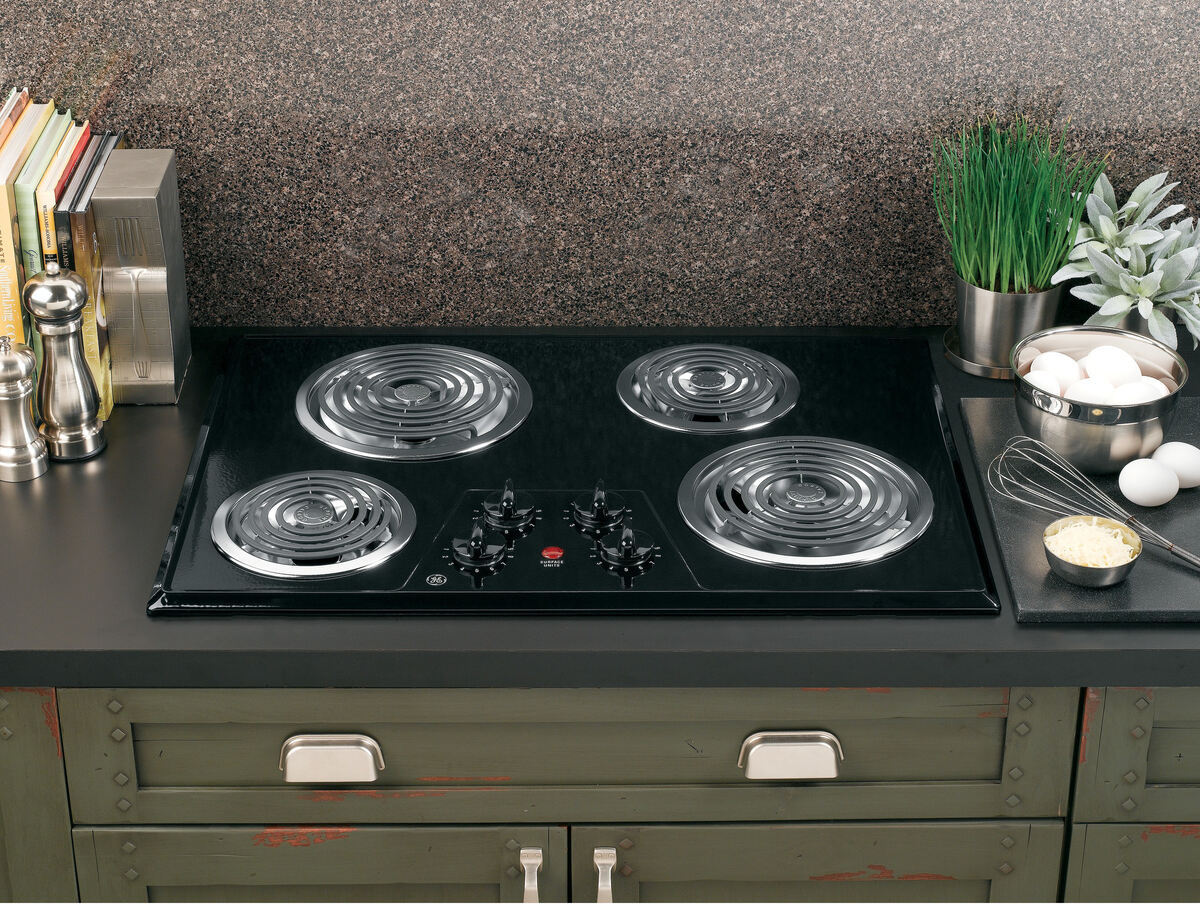
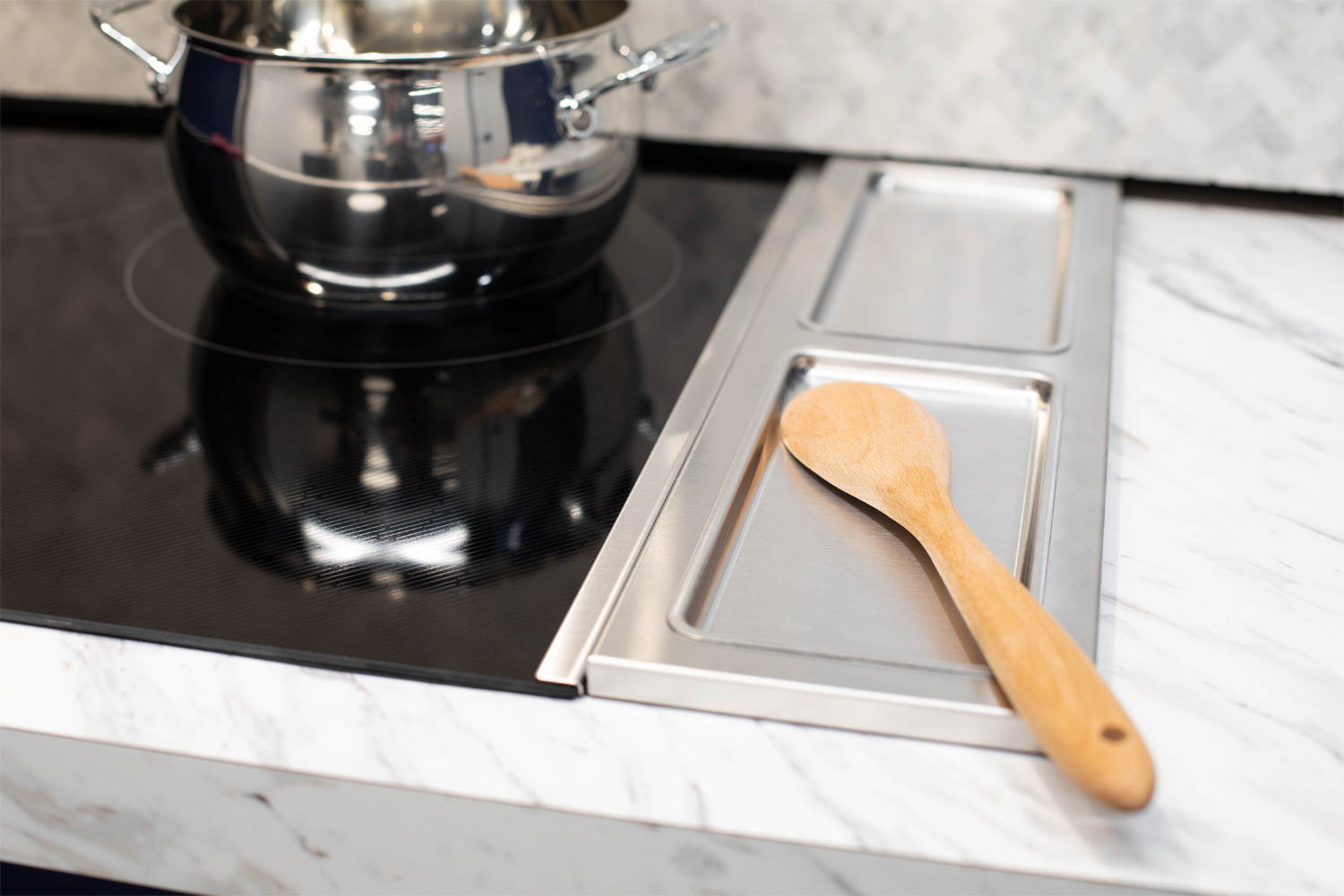
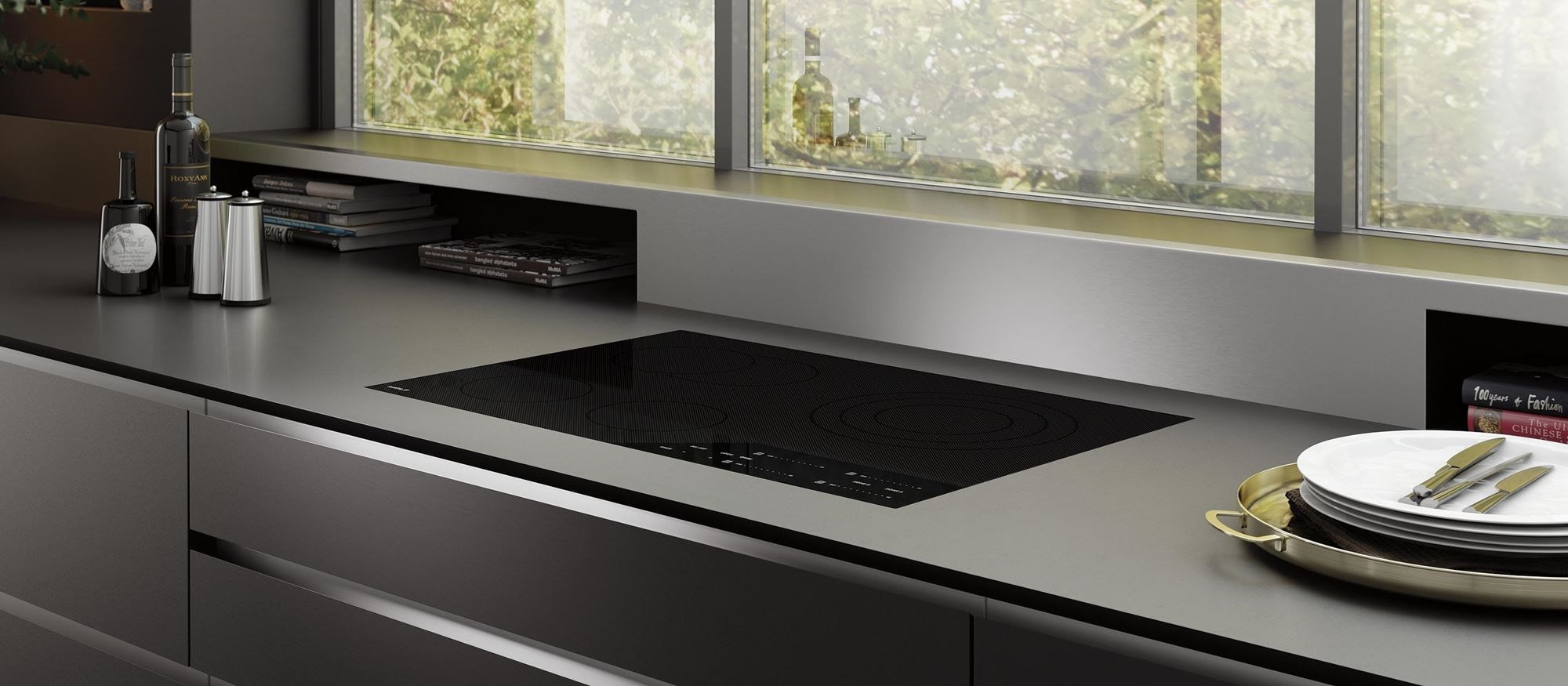
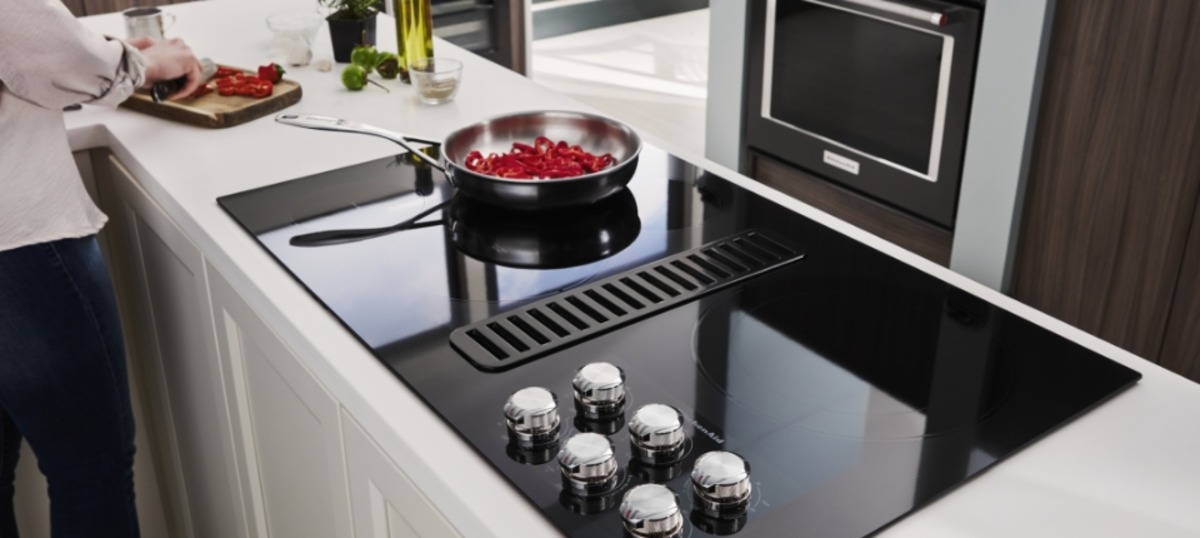
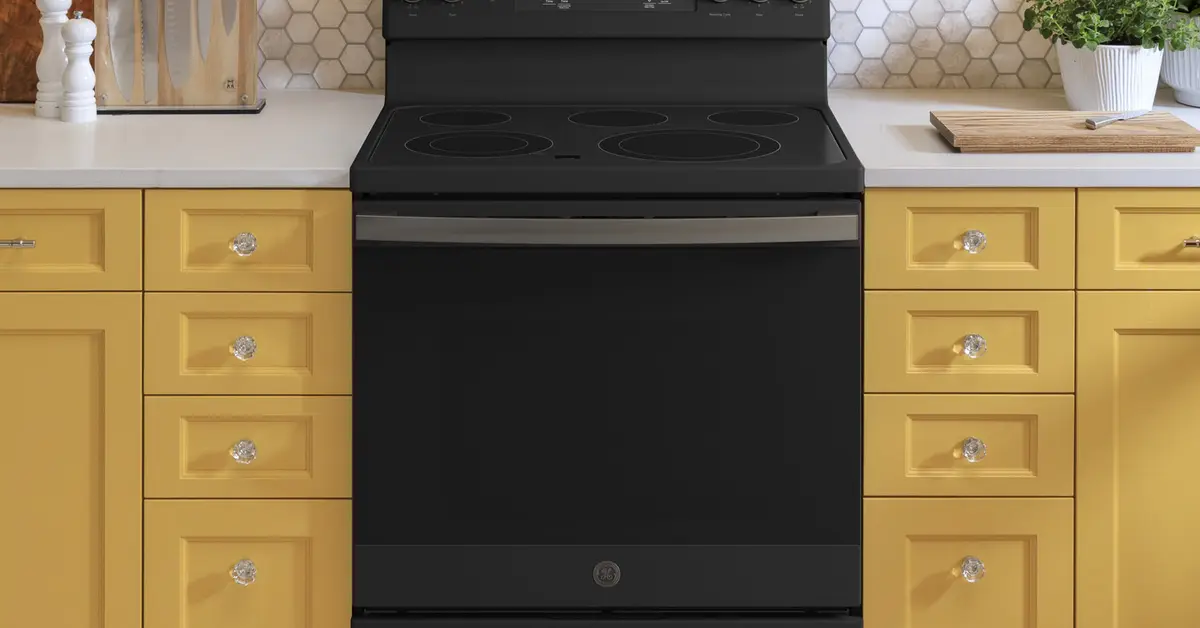
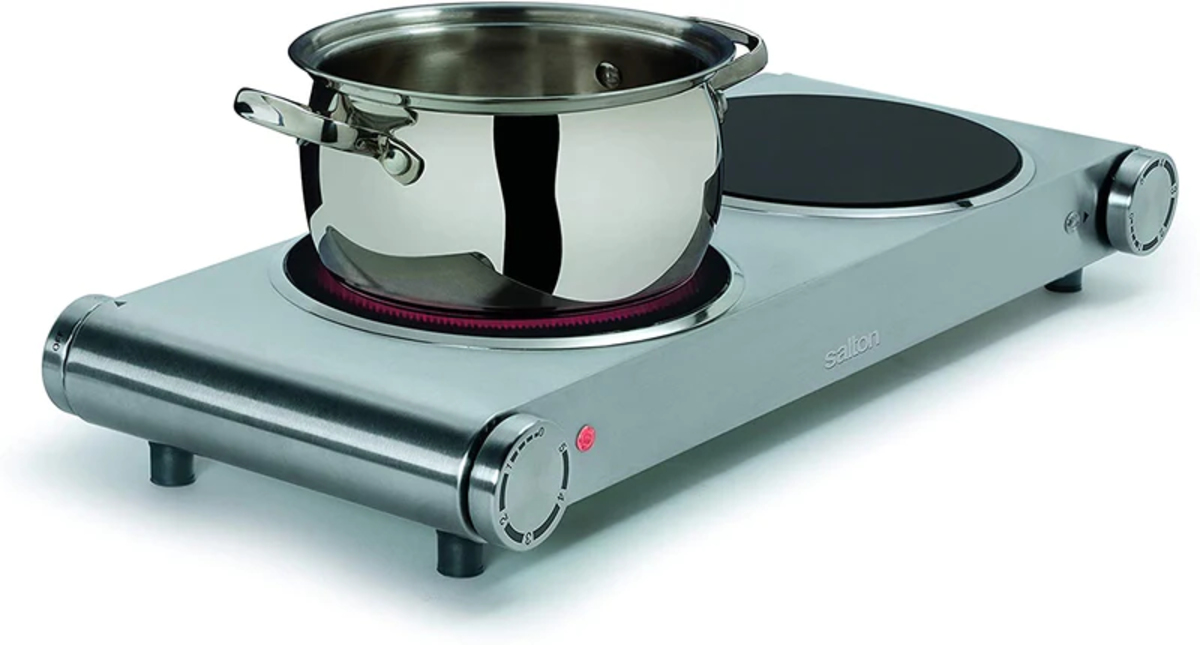
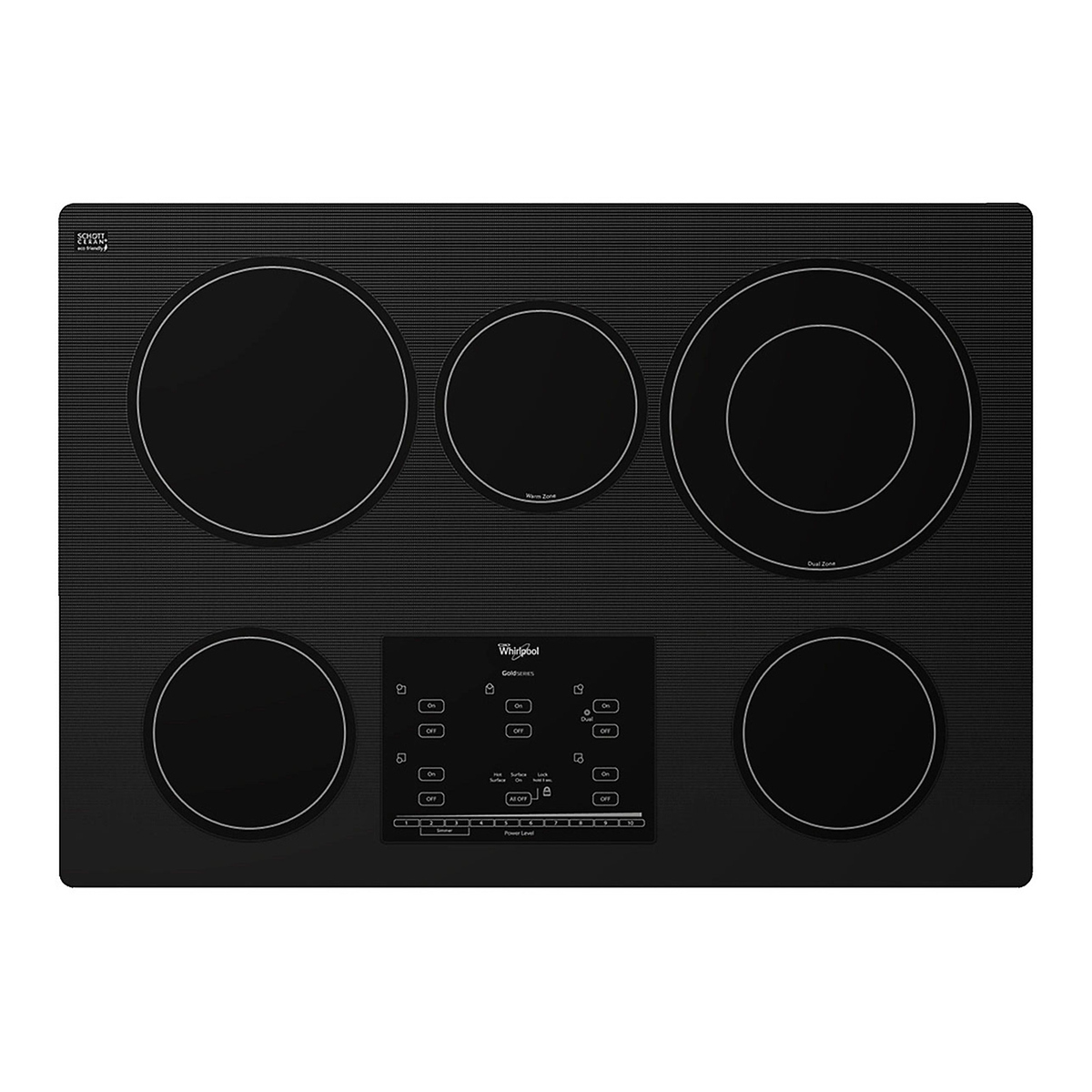
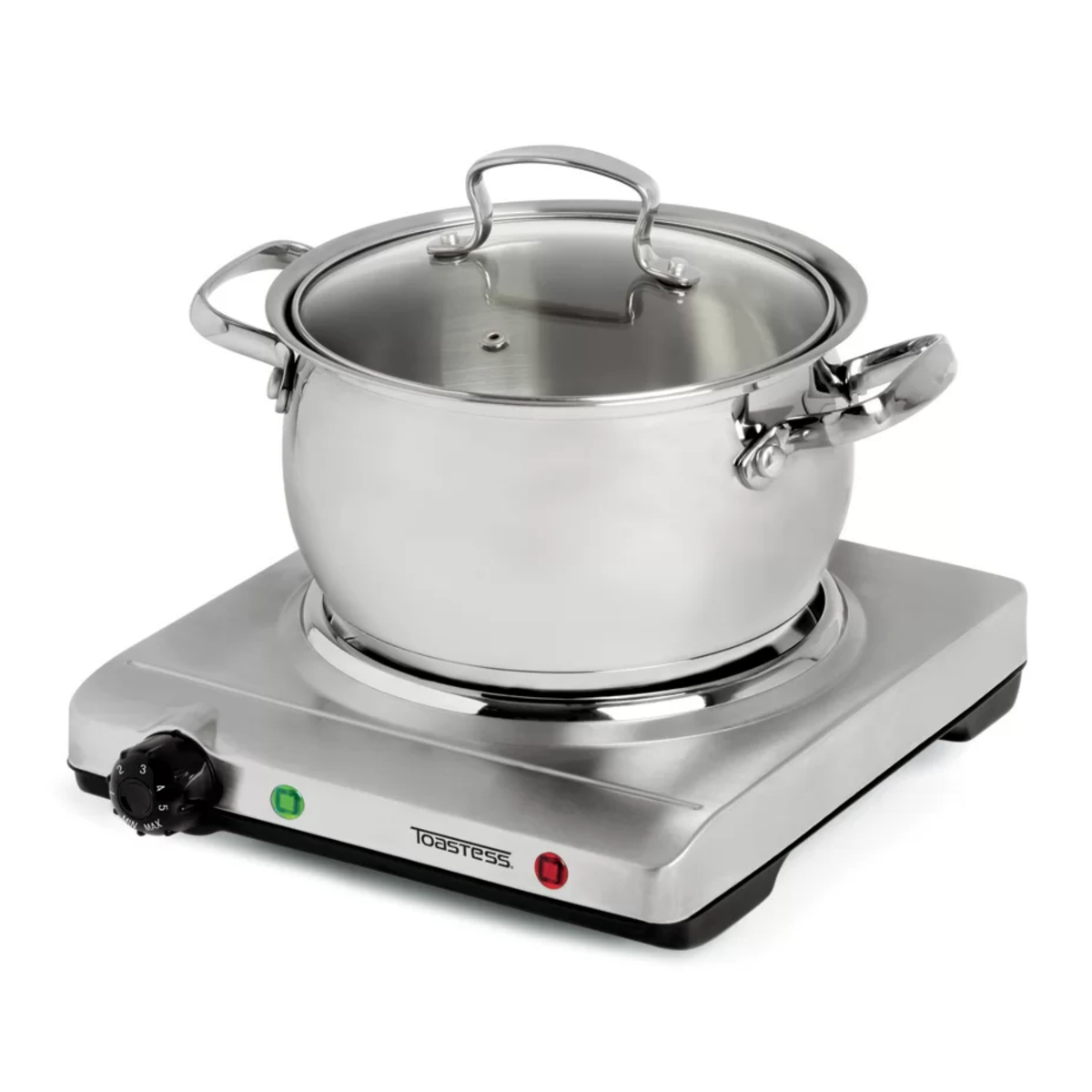
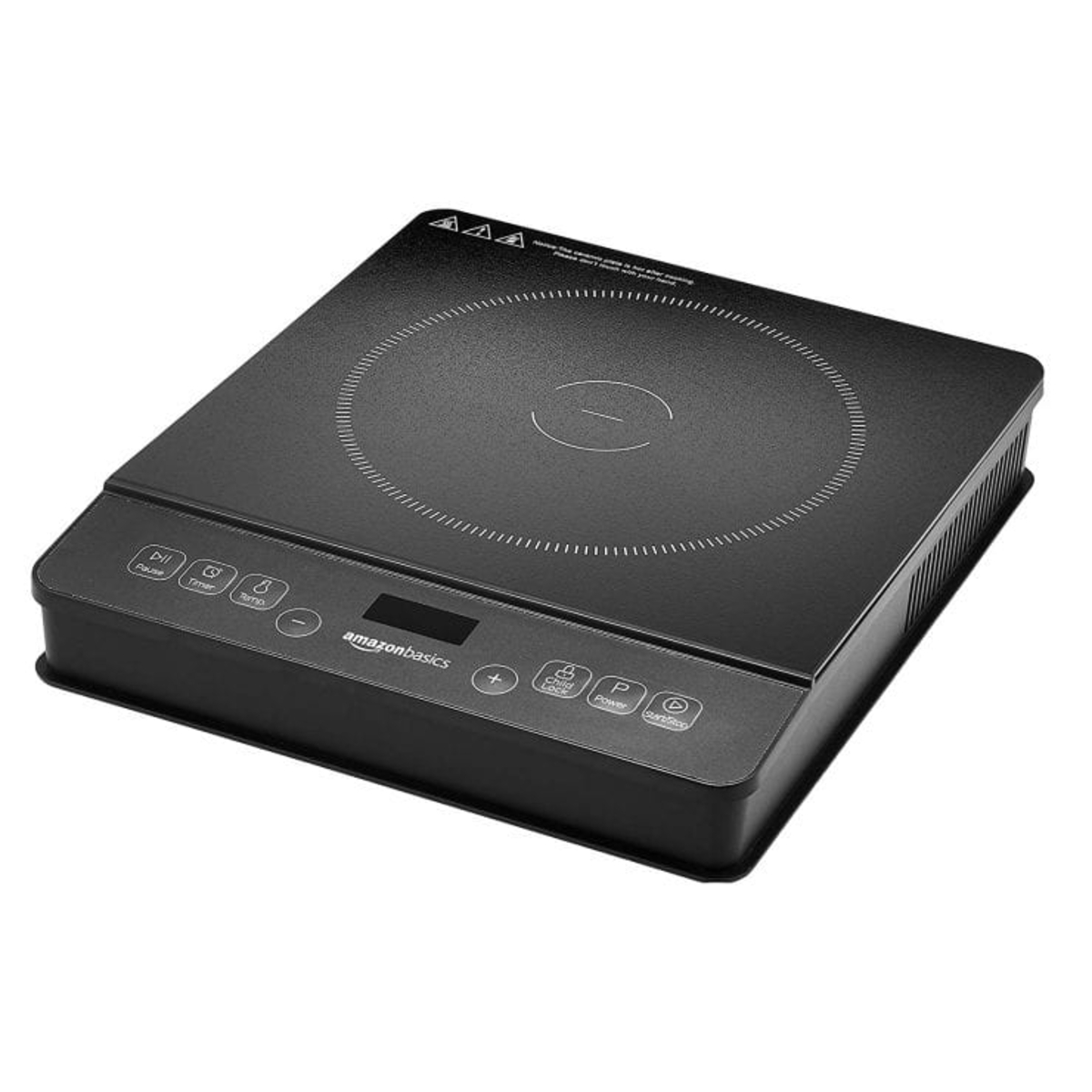
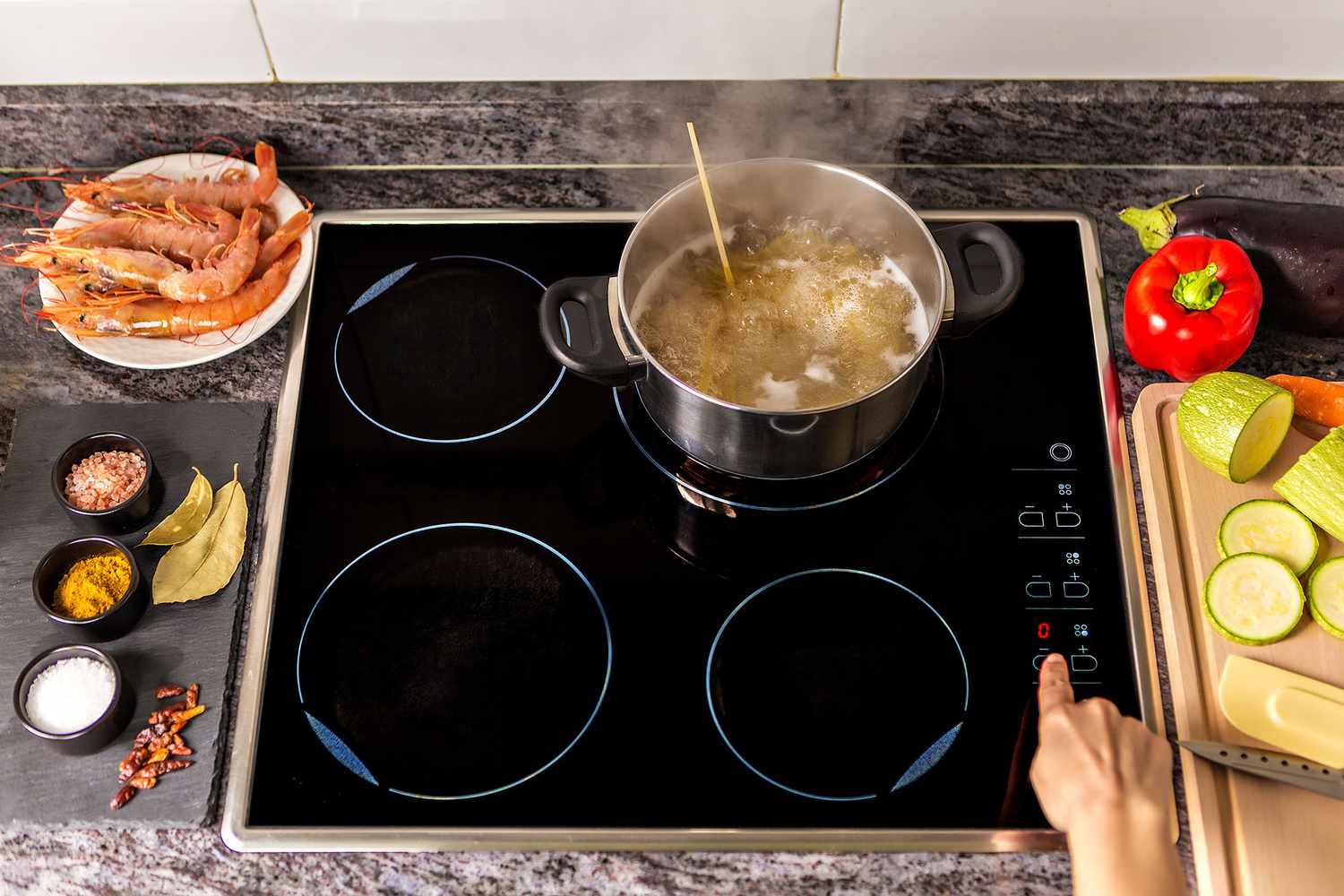

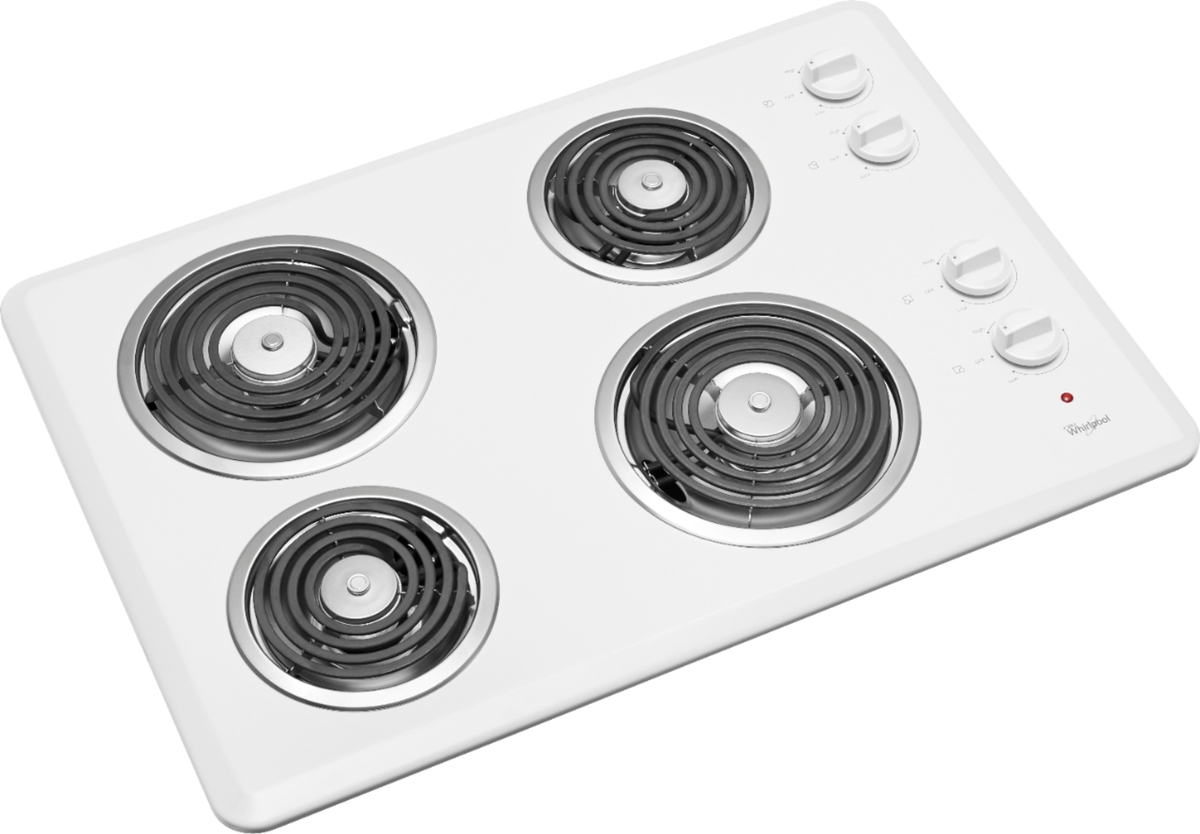
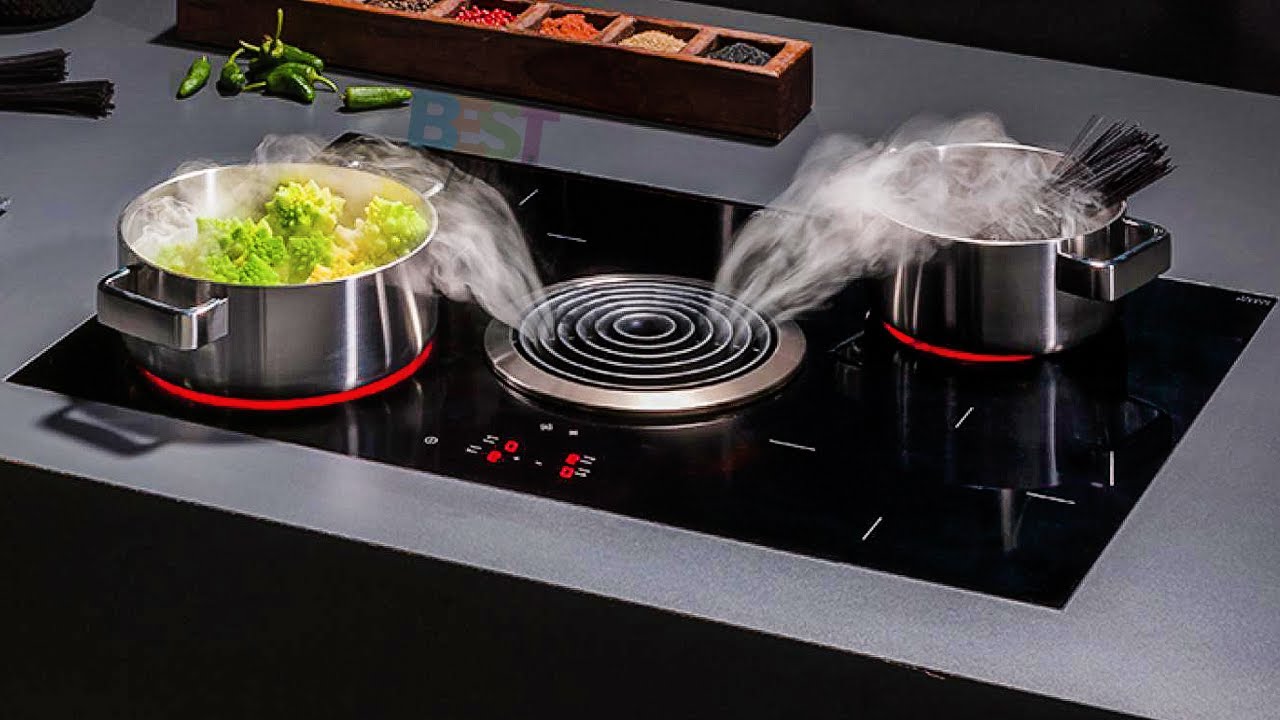

0 thoughts on “What Is An Induction Cooktop Vs Electric Cooktop?”